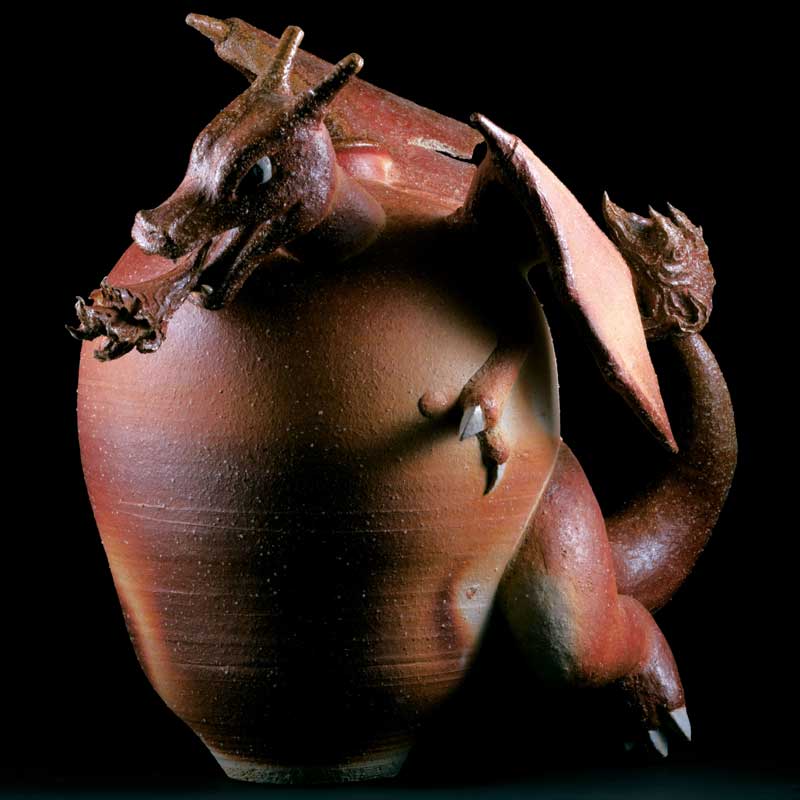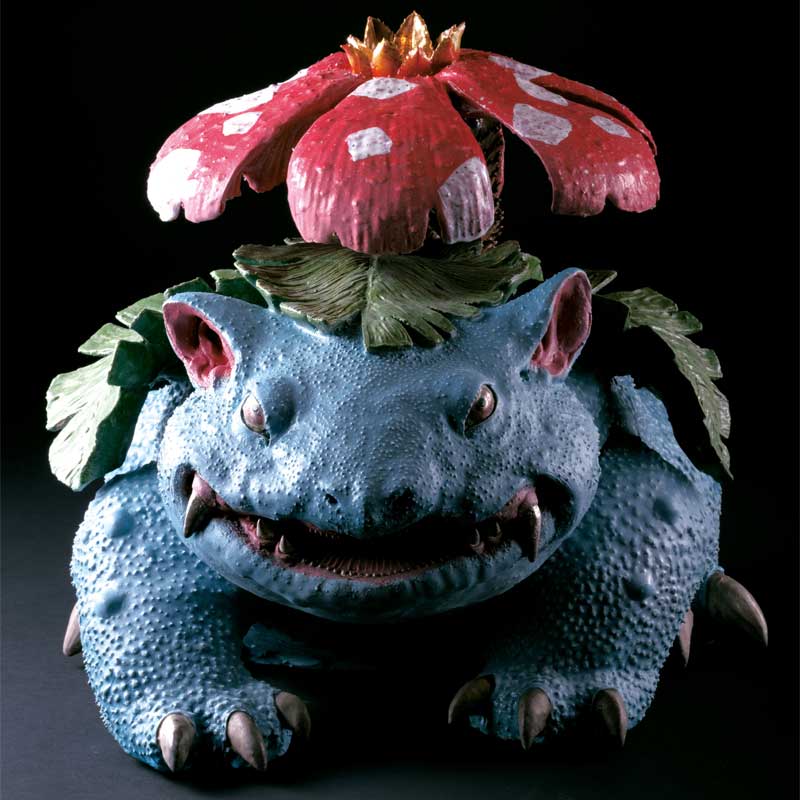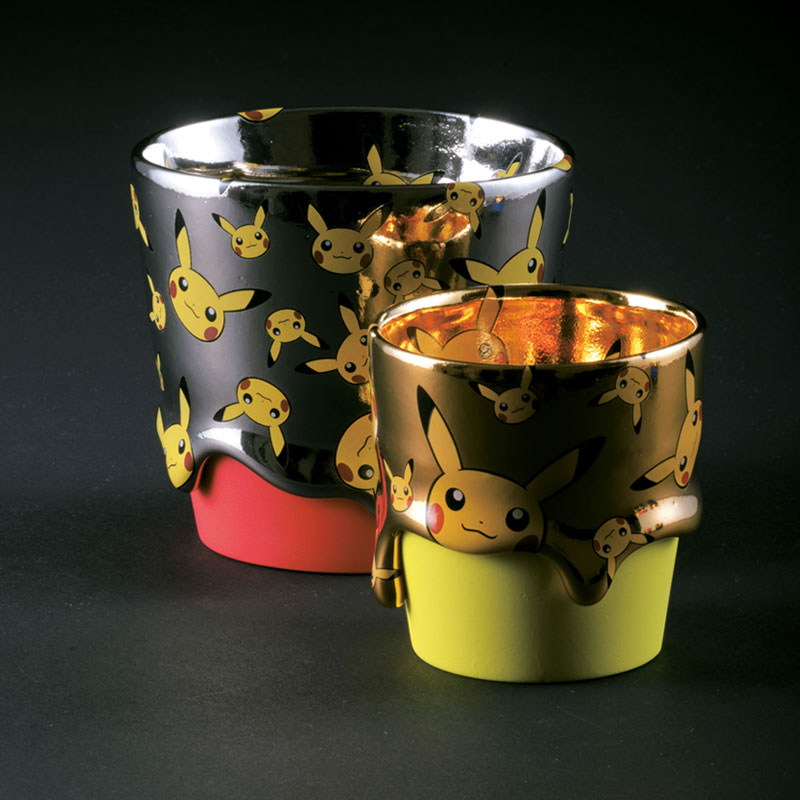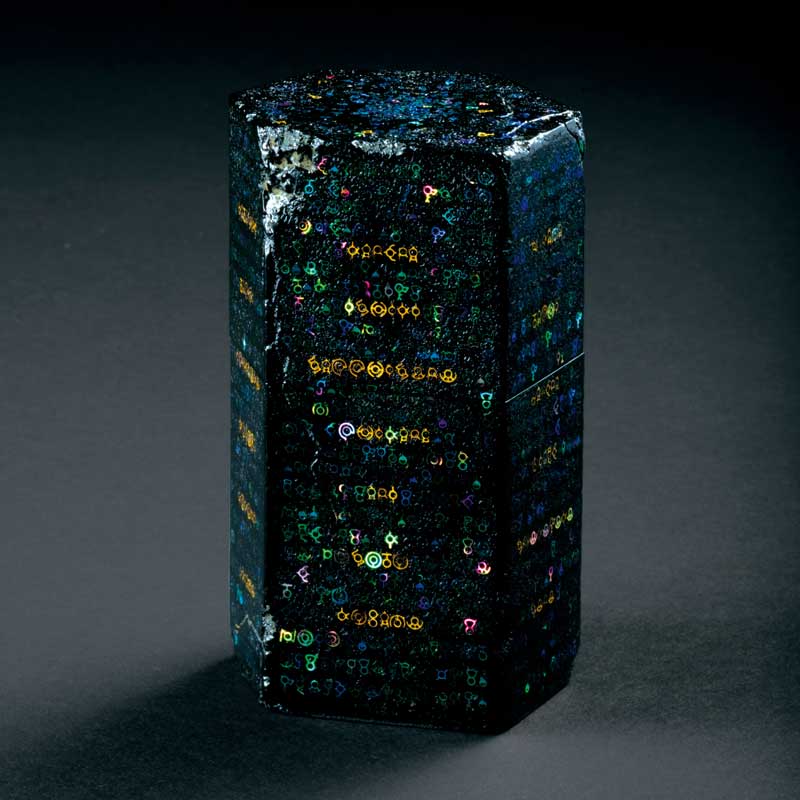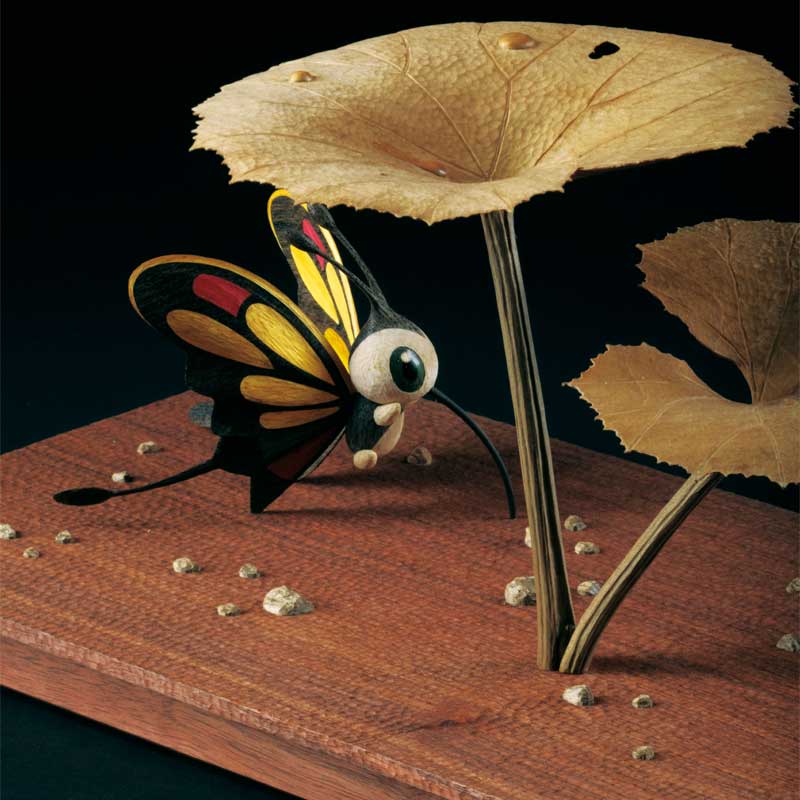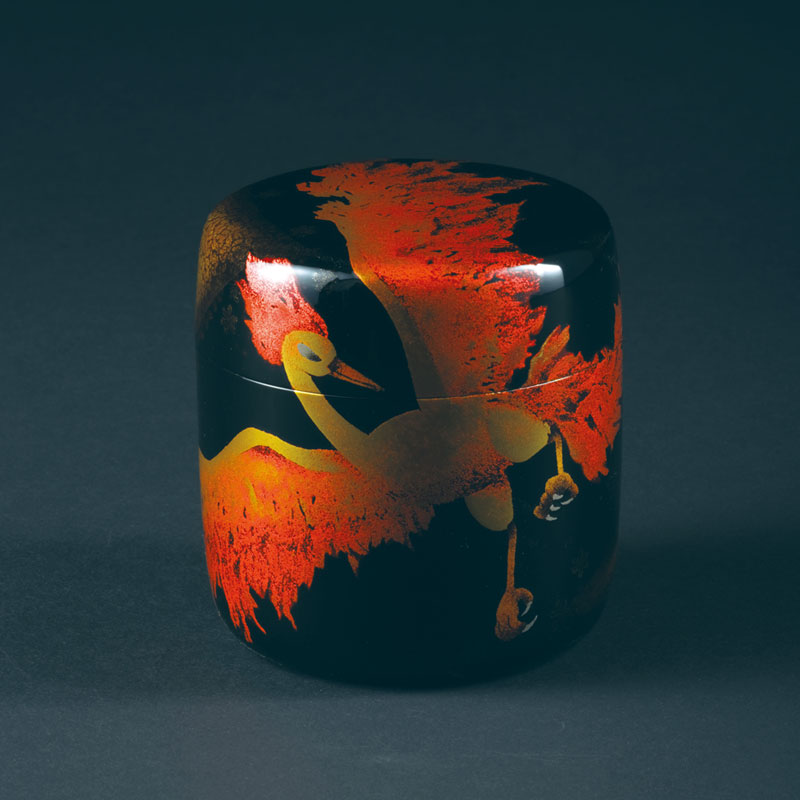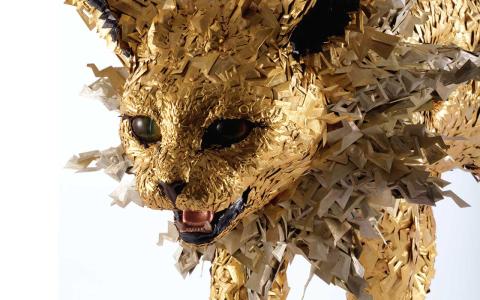
Jolteon (Detail), 2022 | Taiichiro Yoshida | Photo by Taku Saiki
Dates
07.25.2023 (Tue.) – 01.07.2024 (Sun.)
Hours
Mon. – Fri. | 11:00 AM – 7:00 PM
Sat. – Sun. | 11:00 AM – 8:00 PM
Location
JAPAN HOUSE Gallery, Level 2
Fee
Free
Playful images of Pikachu, Rowlet, Litten and Popplio stencil-dyed onto silk cloth, a Charizard integrated into a large ceramic jar and a dazzling Jolteon sculpted from individual pieces of gold-and silver-plated copper hammered into the shape of lightning bolts – these are some of the ingenious creations in POKÉMON X KOGEI | Playful Encounters of Pokémon and Japanese Craft, the new exhibition at JAPAN HOUSE Los Angeles from July 25, 2023 to January 7, 2024. The exhibition brings together two of Japan’s most celebrated contributions to world culture – beloved characters from one of the world’s biggest entertainment franchises and craft that has evolved and been refined over centuries.

Supervised by the National Crafts Museum in Kanazawa, Japan, with special support from The Pokémon Company, the exhibition features over 70 works of varying materials and diverse techniques created by twenty of Japan’s most accomplished craft artists, ranging from a Living National Treasure, the metal artist Morihito Katsura (b.1944), to exciting young artists like Taiichiro Yoshida (b.1989), also a metal artist. The artists were challenged with the task of using their skills and ever-evolving techniques – in lacquer, ceramics, textiles, metalwork, and other media – to creatively channel the world of the globally popular Pokémon brand.
The original Pokémon games were developed by GAME FREAK and published by Nintendo in 1996 for its Game Boy console. A tremendous success in Japan, the original games were released within a couple of years in the US and expanded rapidly, with new generations of Pokémon games being launched over the years, as well as trading cards, animated tv shows, movies and all sorts of toys, clothing, and other merchandise. Pokémon maintained its position as a leading entertainment brand, but re-entered the global spotlight again in 2016 with the mobile game Pokémon GO, which has been downloaded more than 1 billion times since its launch. The various Pokémon in the game, like the Electric-type Pikachu and the Fire/Flying-type Charizard, are fantastic creatures with characteristics resembling real-world plants, animals, minerals etc. and each possessing special powers that can be used in battle against each other. In the game, players collect and train Pokémon during their adventures, trading them with other players and battling their Pokémon against one another.
At first thought, there does not seem to be much in common between Pokémon and Japanese craft, yet there is an elemental connection between the two worlds. Just as there are distinct Pokémon types – Grass, Fire, Water, Ground, Steel, Electric, and more – most of Japan’s principal crafts are created using grass, fire, water, earth, or metal, with contemporary fabrication facilitated by electricity. In Japanese ceramics, for example, clay is mined from the earth, mixed with water, and then formed often with the help of an electric potter’s wheel, decorated with mineral and metal oxide pigments, and baked with fire in a kiln. In addition, within the world of Pokémon, players are expected to hone their skills, nurture their Pokémon, and collect these creatures, just as artists train hard developing their craft and art enthusiasts and museums avidly collect their works.
Welcome Video
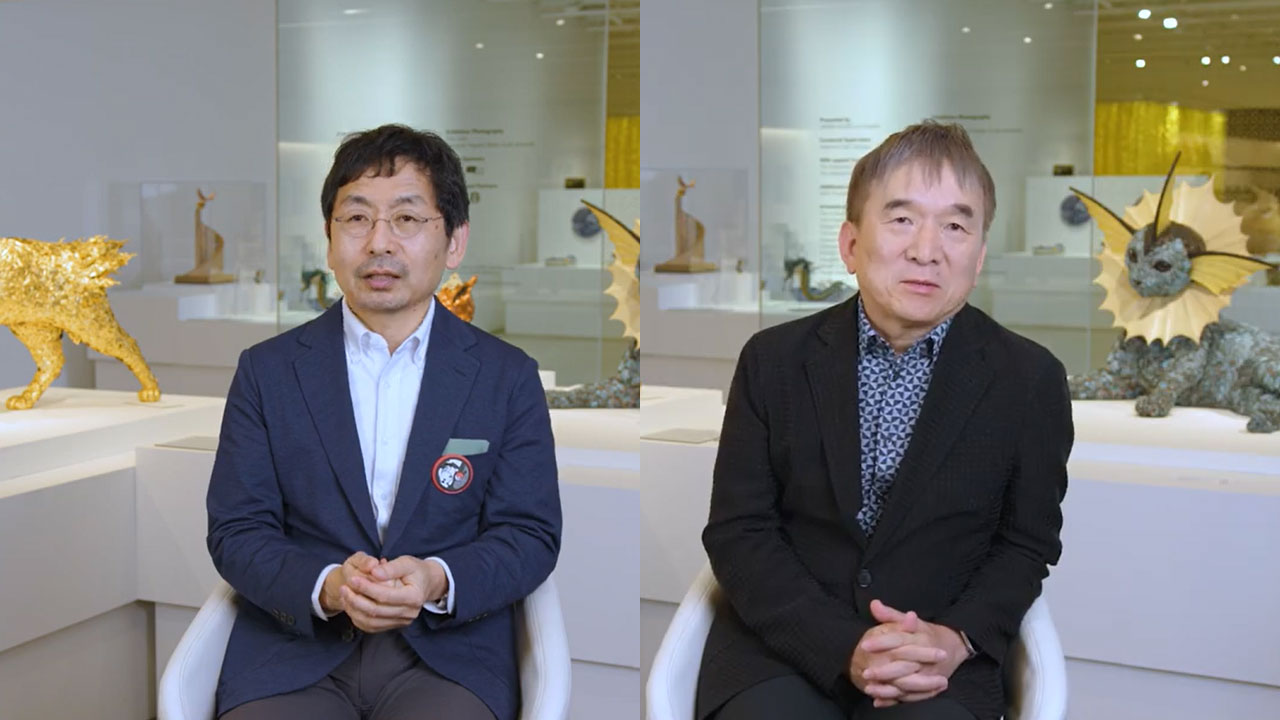
Tsunekazu Ishihara, President and CEO of The Pokémon Company, and Masahiro Karasawa, Director of the National Crafts Museum in Kanazawa, Japan, introduces the POKÉMON X KOGEI exhibition.
Explore the Exhibition
Artwork Sample Preview
The exhibition is arranged in three main sections presenting ways in which Pokémon and the craft artists challenge each other in a playful encounter, or in Pokémon terms, “in battle.” In Appearance, the craft artists challenge the Pokémon depicting their forms as well as their skin or fur, gestures, and expressions. In Stories, the artists again challenge the Pokémon, imagining their world, their adventurous journeys, lives, evolutions, and inherent special qualities. In Life, the Pokémon in turn challenge the artists to enrich our lives and play an active role in our world by incorporating Pokémon into crafts used in contemporary life.
Section 1 | Each section features works crafted in diverse media with extraordinary skill, imagination, and an impressive understanding of Pokémon. For instance, in the Appearance section, metal artist Taiichiro Yoshida recreates one of the beloved Pokémon, Eevee, in its original form (a four-legged, furry creature) and its three first-generation evolutions, the more formidable Jolteon, Vaporeon and Flareon. Using hand-made chisels, Yoshida cuts copper plates, engraving patterns into their surface to form small pieces symbolizing each Pokémon's type. Each piece is then colored using a technique unique to the evolutionary process of that Pokémon, such as plating with electricity, or a chemical transformation through fire. The small individual plates are then assembled to create each three-dimensional work.
Section 2 | For the Stories section, celebrated textile designer Reiko Sudo invites the viewer to enter the magical world of the franchise’s most recognizable Pokémon, the yellow Pikachu. With her “Pikachu Forest,” made up of over 900 strands of lace suspended from the ceiling, in four distinctive designs, each containing Pikachu, the artist invites the audience to enter a forest overflowing with yellow light inhabited by Pikachu.
Section 3 | In the final Life section, ceramic artist Keiko Masumoto uses traditional techniques and styles to create highly original works that fuse Pokémon and vessels. In her Shigaraki ware vases, Charizard, Charmander, Moltres, Vulpix and Ninetales all emerge from the clay. For Masumoto, this is the first time she has made full-scale Shigaraki pottery using a wood-fire kiln. She says, "Until now I had no motif, I wanted to express with Shigaraki ware, but this time, it just clicked." These Pokémon are all Fire-type Pokémon, with Vulpix evolving into Ninetales when exposed to a fire stone, making the Shigaraki jar, a medieval, unglazed ceramic style in which fire creates burnt designs on the jar’s surface in the kiln, an inspired choice.
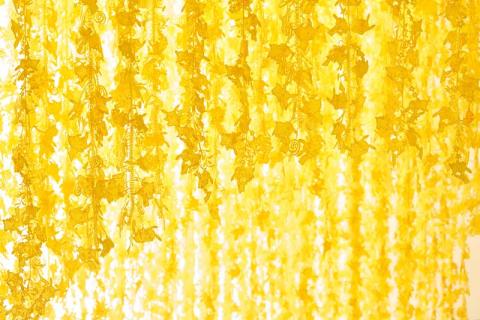
Pikachu’s Adventures in a Forest (Installation Detail), 2022 | Reiko Sudo | Photo by Masayuki Hayashi
This unique exhibition, which represents a rare collaboration between the video game world and some of Japan’s most talented craft artists, has resulted in spectacular works of art that are sure to delight and amaze art lovers and gamers alike.
Artwork Rotation Schedule
Rotation 1: 07.25 (Tue.) - 09.18.2023 (Mon.)
Rotation 2: 09.19 (Tue.) - 11.13.2023 (Mon.)
Rotation 3: 11.14.2023 (Tue.) - 01.07.2024 (Sun.)
Meet the Artists
*To view the flipbook in full screen, please click on the "Fullscreen" icon on the lower right-hand corner from the window above.
POKÉMON X KOGEI | Preview Videos
YOSHIKI | Exhibition Visit
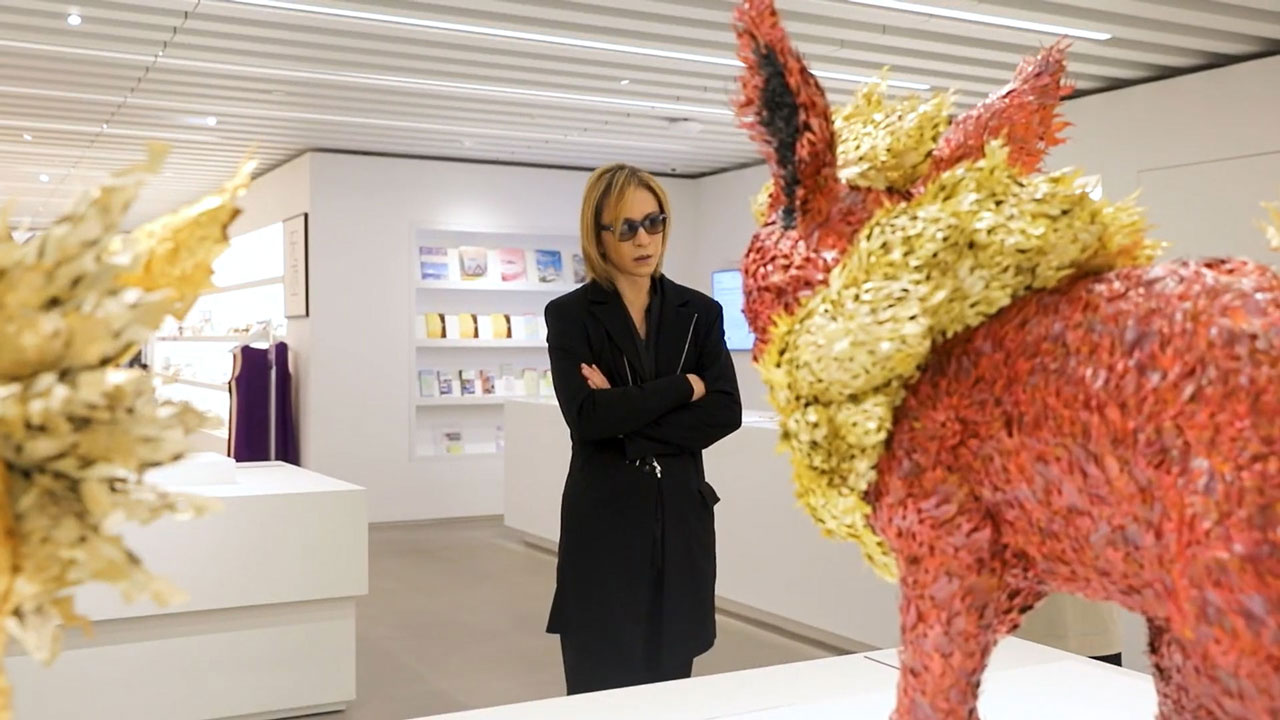
YOSHIKI, a Japanese composer, classically trained pianist, rock drummer, the leader of the rock groups X Japan and The Last Rockstars, and now an advisor for JAPAN HOUSE Los Angeles, visited the exhibition.
Gallery Photos
*To view the flipbook in full screen, please click on the "Fullscreen" icon on the lower right-hand corner from the window above.
Exhibition-Related Programs
Insights from Tsunekazu Ishihara and Masahiro Karasawa
Date
07.25.2023 (Tue.)
Time
05:00 PM - 06:15 PM
Talk 1 | Exploring Pokémon in Japanese Craft 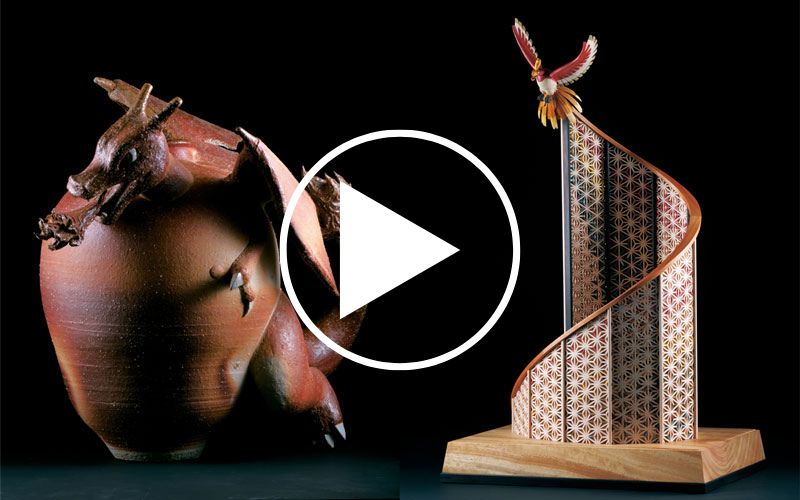
Date
09.12.2023 (Tue.)
Time
05:00 PM - 06:15 PM (PDT)
Photos by Taku Saiki, Left: Charizard/Shigaraki Jar, 2022, Keiko Masumoto | Right: Flying, 2022, Toru Fukuda
Talk 2 | POKÉMON X KOGEI Artistic Journey 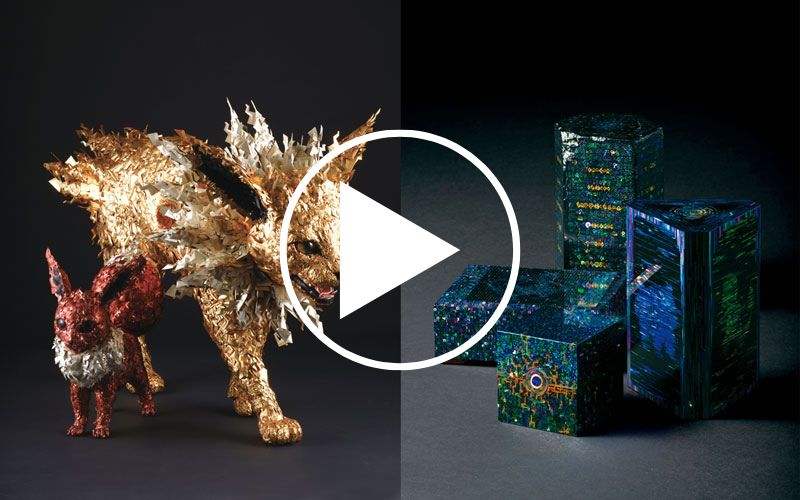
Date
10.11.2023 (Wed.)
Time
05:00 PM - 06:15 PM (PDT)
Photos by Taku Saiki, Left: Eevee (Left) and Jolteon (Right), 2022, Taiichiro Yoshida | Right: Tea Caddy, Electric Exchange Design (Right), Tea caddy, Unown Design, Black Granite Style (Back), Poké Ball Box (Front), Ornamental Box, "Mewtwo," Luminous Design, Raden Inlay (Left), 2022, Terumasa Ikeda
Talk 3 | Pokémon and Japanese Craftsmanship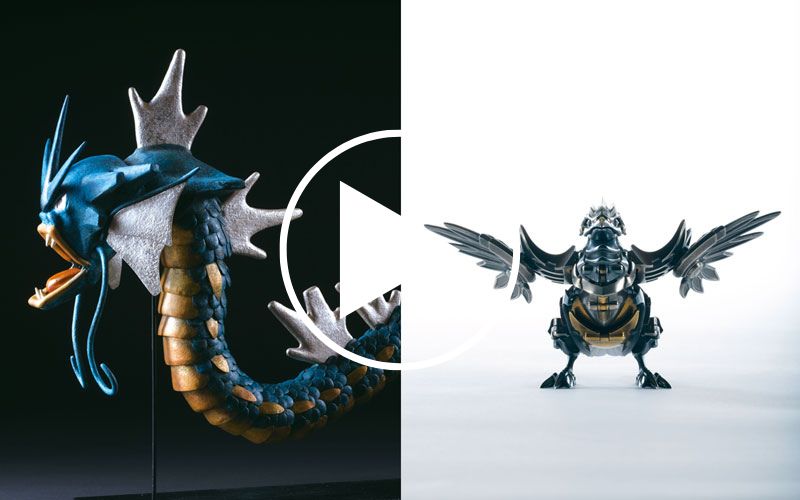
Date
11.15.2023 (Wed.)
Time
05:00 PM - 06:15 PM (PST)
Photos by Taku Saiki, Left: Articulated Gyarados, 2022, Haruo Mitsuta | Right: Transformable Ornament, Rookidee/Corviknight, 2022, Yuki Tsuboshima
Reading Material
The Magic of Kogei | Spotlight on Five Craft Artists 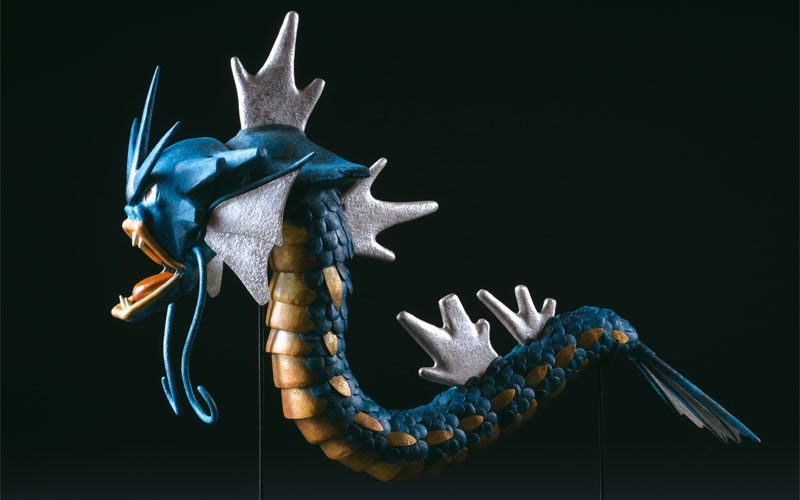
Photos by Taku Saiki, Articulated Gyarados, 2022, Haruo Mitsuta
Exhibition Credits
Presented by
JAPAN HOUSE Los Angeles
Curatorial Supervision
National Crafts Museum
With support from
The Pokémon Company
The Pokémon Company International
Additional support from
NHK Promotions Inc.
Artworks by
Toru Fukuda
Yuki Hayama
Shigeki Hayashi
Terumasa Ikeda
Kazumi Ikemoto
Sadamasa Imai
Morihito Katsura
Yasuyoshi Komiya
Takuro Kuwata
Haruo Mitsuta
Keiko Masumoto
Saori Mizuhashi
Hiroki Niimi
Eiichi Shiroma
Reiko Sudo
Yoshiaki Taguchi
Nobuyuki Tanaka
Yuki Tsuboshima
Kasumi Ueba
Taiichiro Yoshida
Exhibition Photography
Taku Saiki
Masayuki Hayashi (Reiko Sudo artwork)
Media Sponsors

Promotional Partners

©2023 Pokémon. ©1995-2023 Nintendo/Creatures Inc./GAME FREAK inc.
TM, ®, and character names are trademarks of Nintendo.


